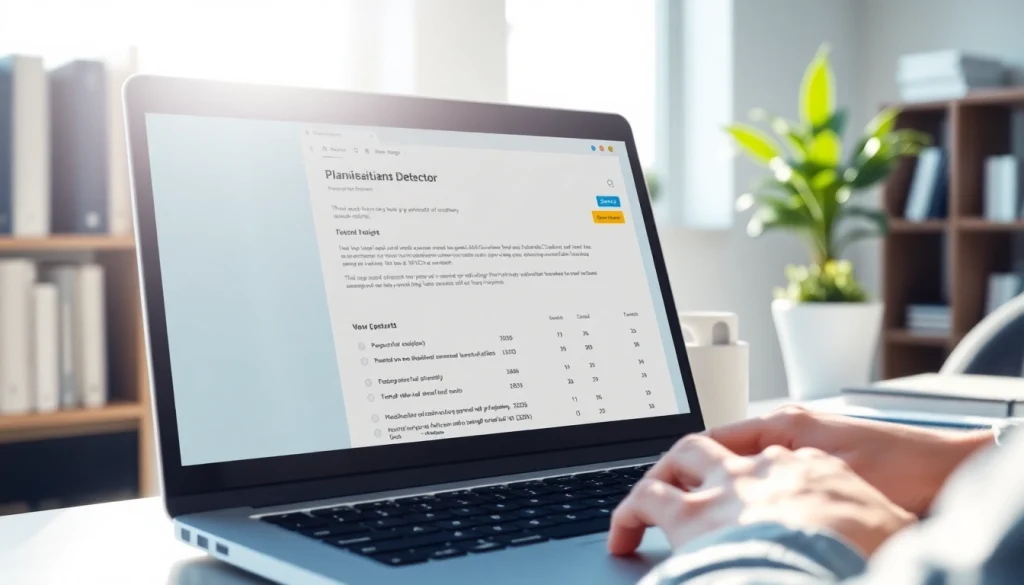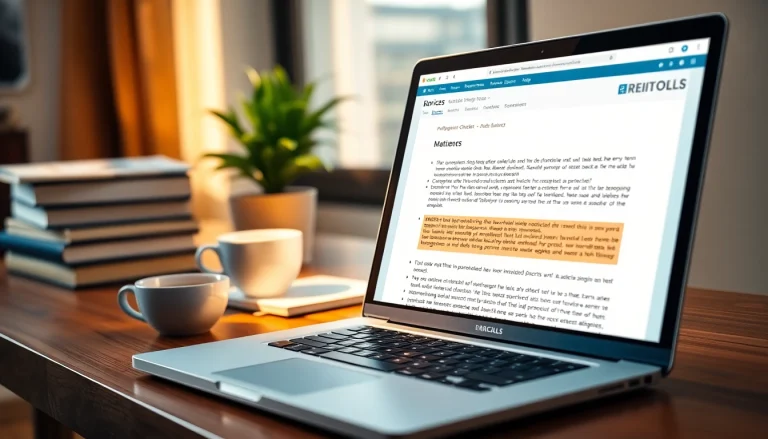
Understanding Plagiarism and Its Consequences
What is Plagiarism?
Plagiarism is the act of using someone else’s work, ideas, or intellectual property without proper acknowledgment, effectively presenting them as one’s own. This unethical practice can take many forms, including copying text from a source word-for-word, paraphrasing someone else’s work without credit, or even rewriting a piece while keeping the same essential structure and ideas intact. It extends beyond mere text to include images, music, and even ideas.
The Academic and Legal Implications
The consequences of plagiarism can be severe in both academic and professional contexts. Academically, students found guilty of plagiarism may face disciplinary actions, including failing grades, suspension, or expulsion. It undermines the integrity of educational institutions and devalues degrees and qualifications. Legally, plagiarism can lead to lawsuits, financial liabilities, and damage to one’s reputation. Organizations invest considerable resources into protecting intellectual property rights, and violators may find themselves facing legal repercussions.
Why Use a Plagiarism Detector?
Given the significant risks associated with plagiarism, using a plagiarism detector becomes essential for anyone involved in writing. These tools help ensure that content remains original and compliant with academic and legal standards. They are particularly invaluable for students, educators, and professionals who rely on authenticity and credibility in their work. Effective plagiarism detection tools analyze documents against extensive databases, including academic papers, articles, and content available on the internet, systematically flagging areas of concern.
Types of Plagiarism Detectors Available
Free vs. Paid Plagiarism Detectors
Plagiarism detectors fall into two primary categories: free and paid services. Free detectors, while accessible, may limit the depth and breadth of their searches. Often, they have usage limits, lack comprehensive databases, or do not provide detailed reports. On the other hand, paid services generally offer more robust features, including unlimited scans, advanced algorithms, and access to extensive databases. They often provide more precise results, enabling users to identify paraphrased content or content that has been styled differently.
Online Tools vs. Software Downloads
Another consideration when selecting a plagiarism detector is the mode of access. Online tools are easily accessible via web browsers, require no installations, and allow scanning from any location. However, users may need to consider issues of privacy and data security when uploading sensitive files. Conversely, downloadable software often offers a more secure environment for content analysis, as these tools can operate offline, reducing the risk of data breaches. Yet, users may need to pay for licenses and adhere to updates.
Key Features to Look For
- Comprehensive Database Access: Ensure the tool checks against a wide array of sources, including academic papers, journals, and other publications.
- Detailed Reports: Look for features that generate in-depth reports highlighting plagiarized sections alongside original sources.
- User-Friendliness: An intuitive interface is crucial for efficient use, especially for those unfamiliar with plagiarism detection tools.
- Integration Capability: Consider options that seamlessly integrate with platforms like Google Docs, Microsoft Word, or learning management systems.
- Customer Support: Reliable customer service can offer assistance if issues or queries arise during tool usage.
How to Effectively Use a Plagiarism Detector
Preparing Your Text for Analysis
Before analyzing your document, ensure that it is formatted correctly. Remove any unnecessary spaces or formatting that may mislead the tool about the text’s content. Save the document in a compatible file format as required by the plagiarism detector, such as .doc, .docx, .txt, or even PDF, depending on the tool’s capabilities. For best results, select text that you want to check, paying attention to contextual integrity and coherence.
Interpreting the Results
Once you receive the plagiarism report, it’s crucial to understand what the findings mean. Most detectors provide a percentage indicating the originality score compared to index sources. Analyze the highlighted areas, focusing on the source links provided in the report to ascertain authenticity. Pay attention to false positives, where common phrases or standard language may be flagged. Make informed decisions about how to address the flagged sections—whether to paraphrase, add citations, or eliminate certain content.
Best Practices for Resolving Plagiarism
To effectively resolve issues of plagiarism identified by your detector, consider the following approaches:
- Proper Citations: Ensure to properly cite all references and sources used in your work, adhering to the relevant citation style (APA, MLA, Chicago, etc.).
- Paraphrasing: Rewrite content in the author’s voice while retaining the original idea, ensuring that the paraphrased sections are still cited.
- Editing and Proofreading: Rigorously evaluate your content post-analysis, refining sentences and structures to enhance originality.
- Utilizing Quotes: If certain phrases or information are vital, use direct quotes and cite them properly to maintain credibility while adhering to ethical standards.
Case Studies: Success Stories with Plagiarism Detectors
Academic Institutions Using Plagiarism Detection
Several academic institutions have adopted plagiarism detection tools as standard practice in assessing student submissions. For instance, universities employing Turnitin not only deter academic dishonesty but also promote academic integrity. By analyzing thousands of papers, these tools help educators detect non-original work efficiently, fostering a culture that values originality. With feedback from detection tools, students are afforded opportunities to learn, adapt, and develop their writing abilities effectively.
Professional Writing Services and Integrity
In the realm of professional content creation, agencies that provide plagiarism-free assurance leverage sophisticated plagiarism detectors before delivering content to clients. Organizations like Scribbr leverage their advanced resources as part of a quality check, protecting their reputation and ensuring client satisfaction. This commitment to originality fosters credibility and encourages client retention.
Real-World Examples of Content Improvement
Many professionals have seen marked improvements in their writing quality after utilizing plagiarism detection tools. Writers from various sectors reported enhanced confidence in submitting content for publication or academic purposes. By proactively checking work against plagiarism detectors, writers can refine original content, boost creativity, and overcome writer’s block by evaluating ideas presented in a unique manner, pushing their writing to the next level.
Future Trends in Plagiarism Detection Technology
Integrating AI in Plagiarism Detection
The future of plagiarism detection is closely linked with advancements in artificial intelligence (AI). Current algorithms strive to become more sophisticated, enabling better detection of nuanced plagiarism cases, such as reworded sections or content involving cultural references. Through machine learning, tools will become adept at identifying writing styles and comparing them against vast datasets, improving accuracy in flagging authentic plagiarism.
Emerging Standards in Academic Integrity
As society evolves towards digital content creation, universities and organizations are increasingly emphasizing the importance of academic integrity. The adoption of rigorous plagiarism detection protocols sets the stage for new standards that will prioritize originality over quantity. Initiatives to educate students about copyright issues and the ramifications of plagiarism will become standard practice, equipping future generations with the tools needed to navigate academic and ethical challenges.
The Potential Impact of Blockchain Technology
Blockchain technology, known for its unparalleled security features, may revolutionize how originality is established and verified. Through decentralized ledgers, every piece of content can potentially be timestamped, providing authors with immutable proof of their work prior to its publication. This capability strengthens the verification process and may drastically reduce instances of plagiarism in the long run, offering peace of mind to content creators and educational institutions alike.






